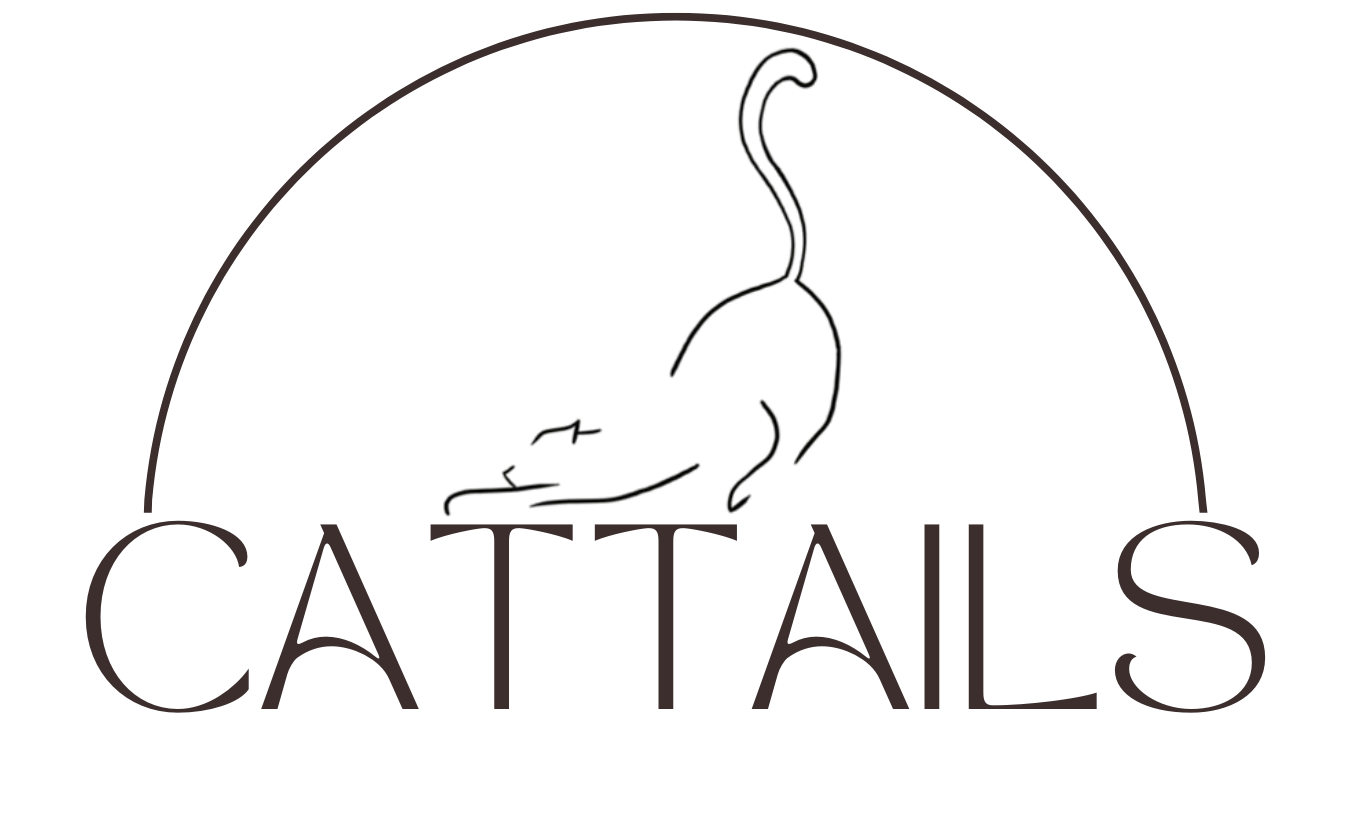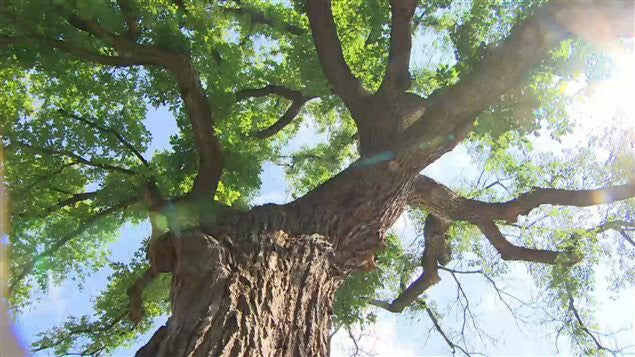This week the residents of Charlottetown will witness the heartbreaking removal of 320 of some of the oldest and most majestic trees in the city. Elms tagged as affected by Dutch Elm Disease [DED] are being cut, stacked and then carted to a pit for burial by two independent contractors hired by city. While I realize that the removal of the trees is important I have great regret that some vision and a little extra legwork could not have been carried out to at least salvage the beautiful wood from these trees.
The elm bark beetle lives between the bark and the wood of a DED-infected elm, not inside the beautiful lumber that could be salvaged from the trees. The companies contracted to remove DED-elms and the City of Charlottetown have chosen the least time-consuming and easiest of the disposal-options: to bury all portions of these elms, which sadly includes the large pieces of elm wood contained in the trunks of the trees, many with huge burls you can see just driving by them on the side of city streets. The result will be that literally tonnes of elm wood will be sacrificed. I cannot believe that these valuable trees could not be debarked on site and the wood saved or reclaimed. The debarking approach adheres to regulations occurring in other cities because at the completion of DED-elm removal, no elm wood remains with its bark on, leaving nowhere for the beetles to hibernate or survive. The smaller limbs, branches and bark could then be buried or burned.
Debarking, as it is called, is the process used to prepare trees for log-home building, the equipment exists and if we do not have it here perhaps the cost of purchasing or leasing or contracting that part could have been offset by the sale of the wood. Debarking is also done by sawyers and sawmill operators to lessen the wear-and-tear on their equipment. It’s a practice that is appropriate for many sections of a mature elm, taking time to perform but leading to an end so befitting these trees that have graced Charlottetown neighborhoods, many for well over a century and a half. Because a DED-elm is normally between 15 and 175 years old, they have witnessed the cities history as they grew and beautified the streetscapes and parks throughout our capital city
We have Royalty Hardwoods here on PEI just a half hour drive from the city with the capacity to saw and kiln dry the large trunks into slabs or planks. The plan for the trees could have been carried out earlier allowing the wood to be milled and kiln dried, killing the beetles with the heat in the kiln. There are a number of business’ on PEI with portable Bandsaw Mills that could be taken right into the city..they could mill and saw the bark right off the planks onsite. Not a big insurmountable problem I would think if someone was willing to think outside the box, pick up the phone and contact the folks who know about wood and lumber. I am not a ‘tree expert’ but just in reading what I could since the announcement have formed my own opinions on the whole thing. I think sometimes things are carried out too efficiently by bureaucrats, that is not always the best way or the ‘right thing to do’.
Elm wood has a beautiful grain and color that can be used to craft everything from fine furniture, architectural elements, flooring to special little wooden pieces of art. When you consider that a board-foot of hardwood (1′ thick, 1-foot square), sells for between $8 and $15, the cost to save it could be recouped by selling to people like me who would love to be able to make things from wood with such a story and beauty. The massive size of some of these trees are seldom found around here and would be prized by many artisans and builders, could attract top dollar and the ‘value added’ to each tree would be huge. A terrible and unforgivable waste. I have been lucky enough to have some of the elm from trees that fell in the city during Hurricane Juan. A friend who was working cleaning up took me out some large blocks, I also have some barkless chunks from an Elm that was cut on Upper Prince Street near the Old Protestant Burying Ground on what was once Elm Avenue but is now University Avenue.
I have been using it since for bowls, tables, stools and the smaller scraps for succulent holders. They have been sold around the world from Brazil to Germany to Japan and points in between. People love the story of the wood, it makes the piece special to them.
Still with a few large chunks left and many smaller pieces, so easy to use this lovely wood. I could think of so many uses for the elm.
I have one client who noticed a fallen elm in a cemetery just outside the city while driving by, he had the foresight to look into what would happen with it. He ended up hiring a crane to lift the wood unto a tractor and wagon and took it to be milled and kiln dried. A lover of wood, he and his wife have planted many elm seedlings on their farm since the Dutch Elm Disease had arrived on PEI. Here is a rough plank and a table I made for him with some of his salvaged Elm.
I along with, I am sure, many of the fine woodworkers on PEI would purchase and use this wood.
Close to us in Truro, Nova Scotia, the city showed some vision when they took down DED- Elms, “TimberhArt was approached by the Dominion project team architect during schematic design in 2011 to collaborate on an entryway into the Dominion office building that would make use of the culturally significant elm and reduce the need for virgin materials for the interior finishes”. You can read the story here. the details in the public building, out door benches etc. are so inspiring. TimberhArt does incredible work with the wood from these elms building both residential and commercial wood structures.
Winnipeg Manitoba has their DED-Elms debarked and sent to mills to be made into lumber. Wood Anchor in Winnipeg is a wonderful company making use of the wood from these trees, amazingly beautiful work.
Fredericton, New Brunswick had a woodworker who was making his living building unbelievably beautiful tables with wood from the DED affected elms, I read the article in WoodWork magazine about 15 years ago or more, I just cannot find the article online to share.
I also had the great fortune of having some black walnut chunks given to me a number of years ago..this tree was supposedly planted near Inkerman Lane by Sir Hamilton Gray..on that belief each time I make a salad in my walnut bowl turned from this wood, I think of that, smile and consider how fortunate that I can still admire that tree over a century later. Most of that tree was burned, so sad because wood with a story has value. Things created from the wonderful wood allows the tree to live on in our hearts and homes for generations.
With the rumor of a much needed Provincial Museum becoming a reality as a Legacy Project celebrating Canada’s 150 years, I could only think how insightful and fitting that perhaps benches, tables, doors… wonderful wooden stairways could be made for it using the elm from trees that shaded the Fathers of Confederation when they walked our streets during the Charlottetown Conference. On that note the University of Prince Edward Island is building again, perhaps the wood could be used in these new buildings, a legacy for each student past and present.
Many of the old Elms have been in Charlottetown before our country was formed, they have lined streets that our soldiers marched along as they went to fight for our country, families stood and cheered beneath them to welcome the lads back home. The same trees still shade our veterans each year as they march proudly to the Cenotaph at Province House to honor the bravery and sacrifice on Remembrance Day.
They have been there for families before and since the turn of the century, as they came out of churches on their wedding day, as they pushed babies in strollers and walked their little ones to school, children have played in their shadow and lovers have kissed beneath their branches. The many Elms in city cemeteries have stood guard over our generations of loved ones in their final resting place.
I believe wood is alive, with stories to tell us if we only listen. It is wrong on so many levels to bury our past like this, we are most certainly killing the soul of the tree and perhaps a bit of ourselves.
The post Charlottetown’s Elms, a sad lesson about lack of vision and incredible waste. appeared first on Cattails Woodwork by Brenda Watts.














